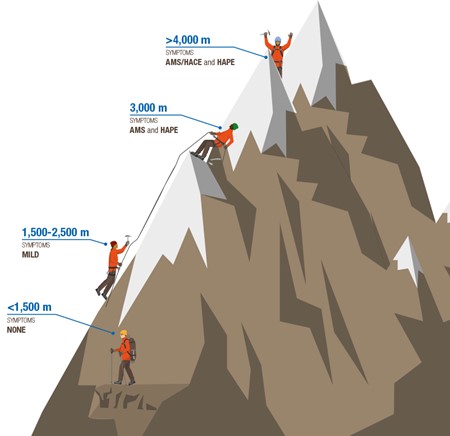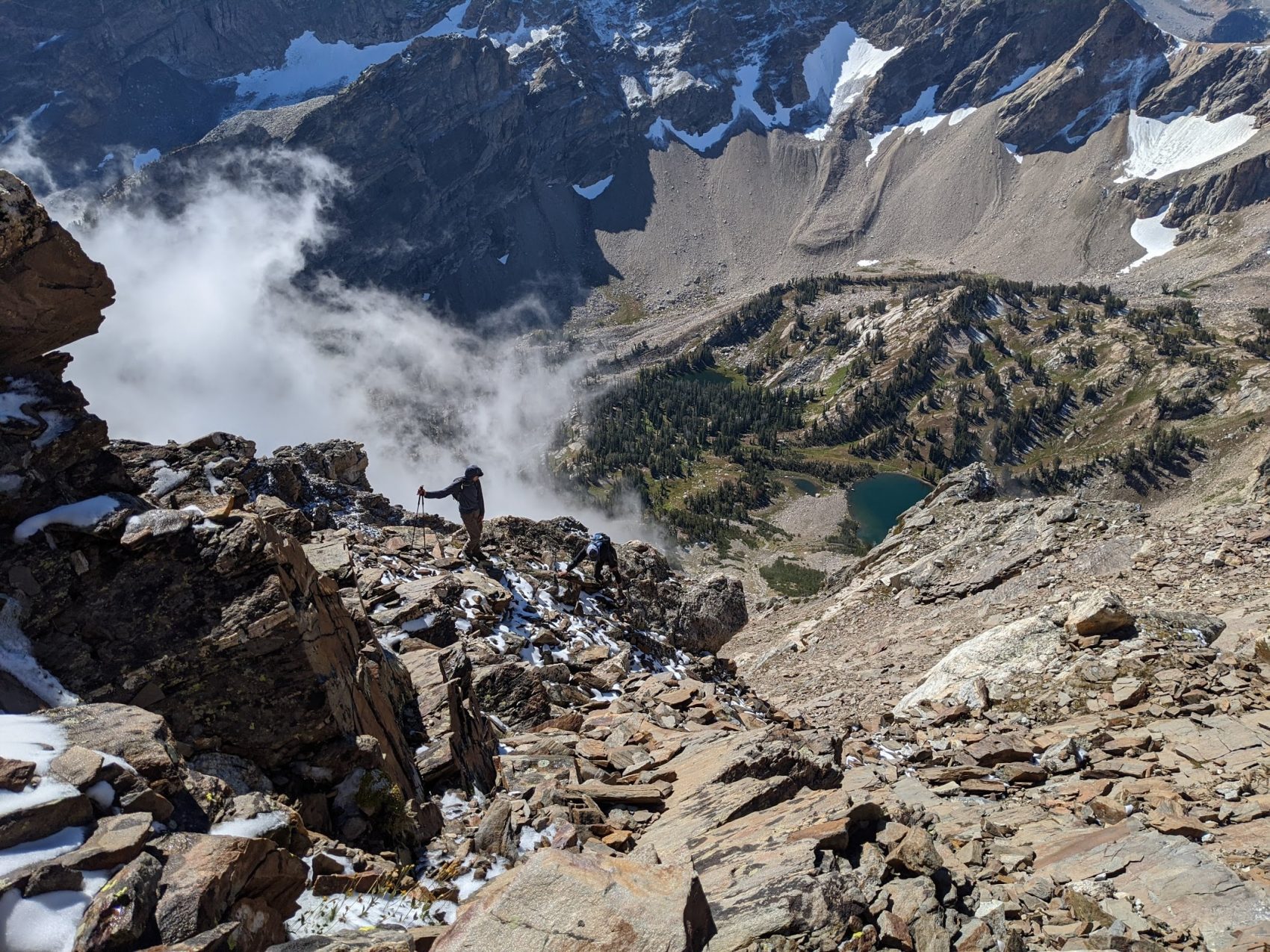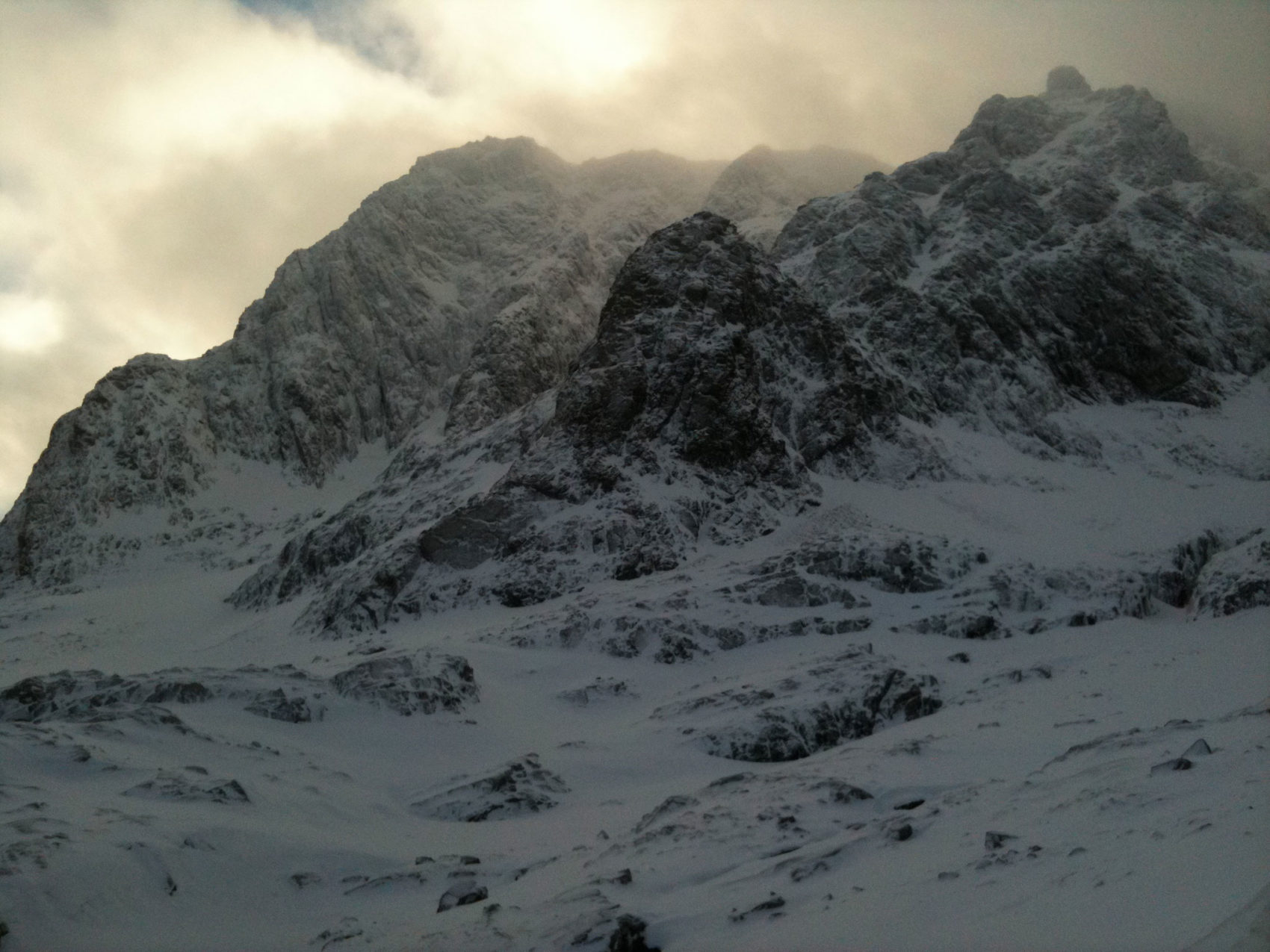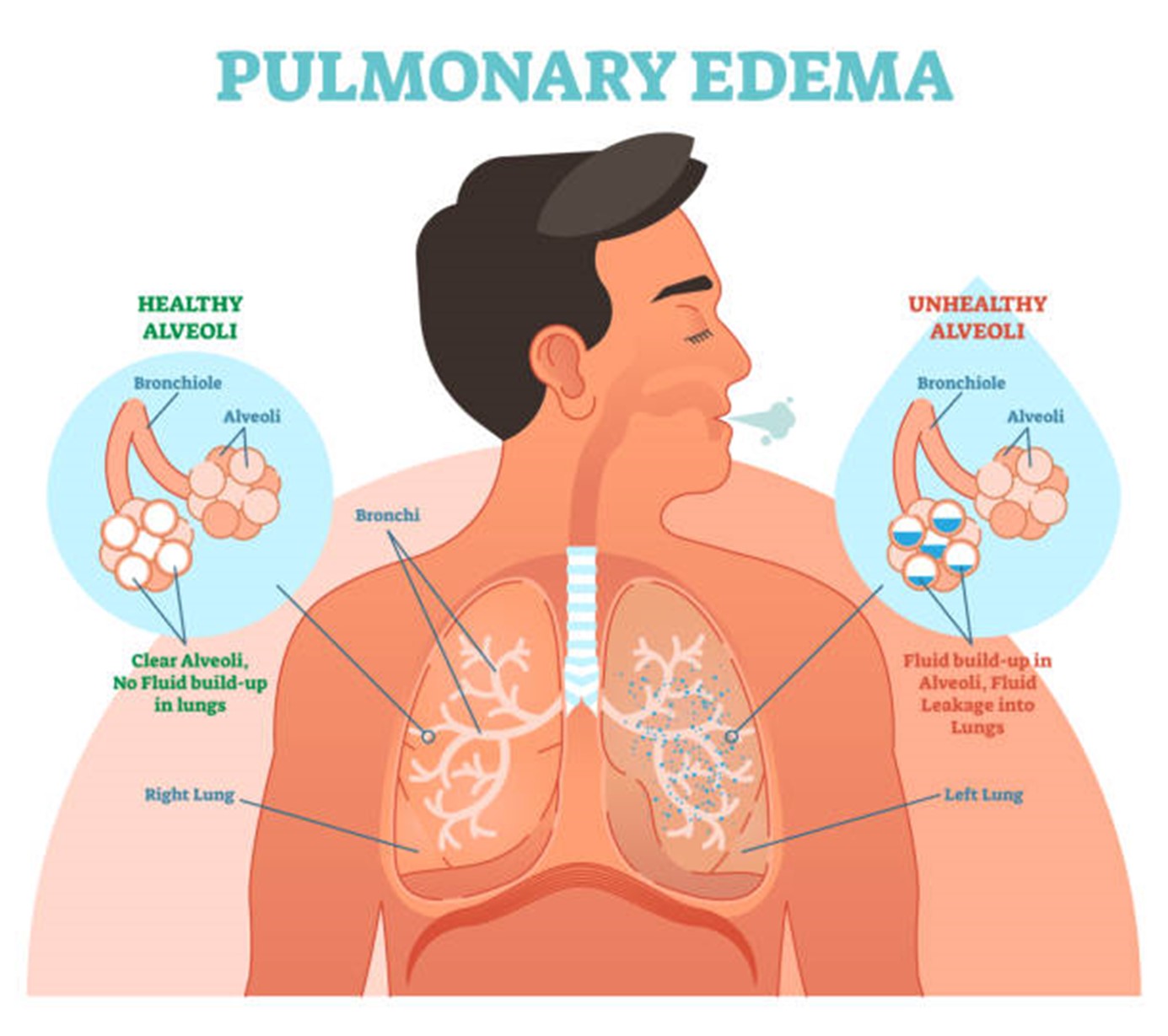
High Altitude Pulmonary Edema, or HAPE for short, is something every hiker wants to avoid at all costs. HAPE is a life-threatening form of non-cardiogenic pulmonary edema. Mayoclinic.org says this happens when you gain elevation at a rapid rate and your lungs start to constrict, causing increased pressure. This increase in pressure causes fluid to leak to your lung tissue and eventually into your air sacs, leading to coughing fits, exhaustion, chest tightness, and even death if not treated properly. The standard elevation you can start experiencing a HAPE is around 8,200 feet (2,500 meters), but cases have been seen in elevation as low as 4,900 feet (1493 meters).
You should be on the lookout throughout your hike for symptoms of HAPE. According to NHS.uk, the most known symptoms of HAPE are:
- Tightness in Chest
- Breathing difficulty followed up by a cough
- Blue tinge on your skin and lips
- Overall tiredness and weakness in the body
The best treatment for HAPE is to sit down, take a good rest, and fuel up on water. If you’re feeling better, then keep heading up the mountain and stay aware of your body. But if symptoms continue then head down the mountain as quickly as possible. The lower you go the more air will be available for you with most symptoms improving after 500-1,000 meters (1,640-3,280 feet) of descent. For more hardcore hikers, mountaineers will use supplemental oxygen, drugs like Nifedipine, and even portable hyperbaric chambers. The average hiker won’t use those but it gives you an idea of what is needed on expeditions like Everest.
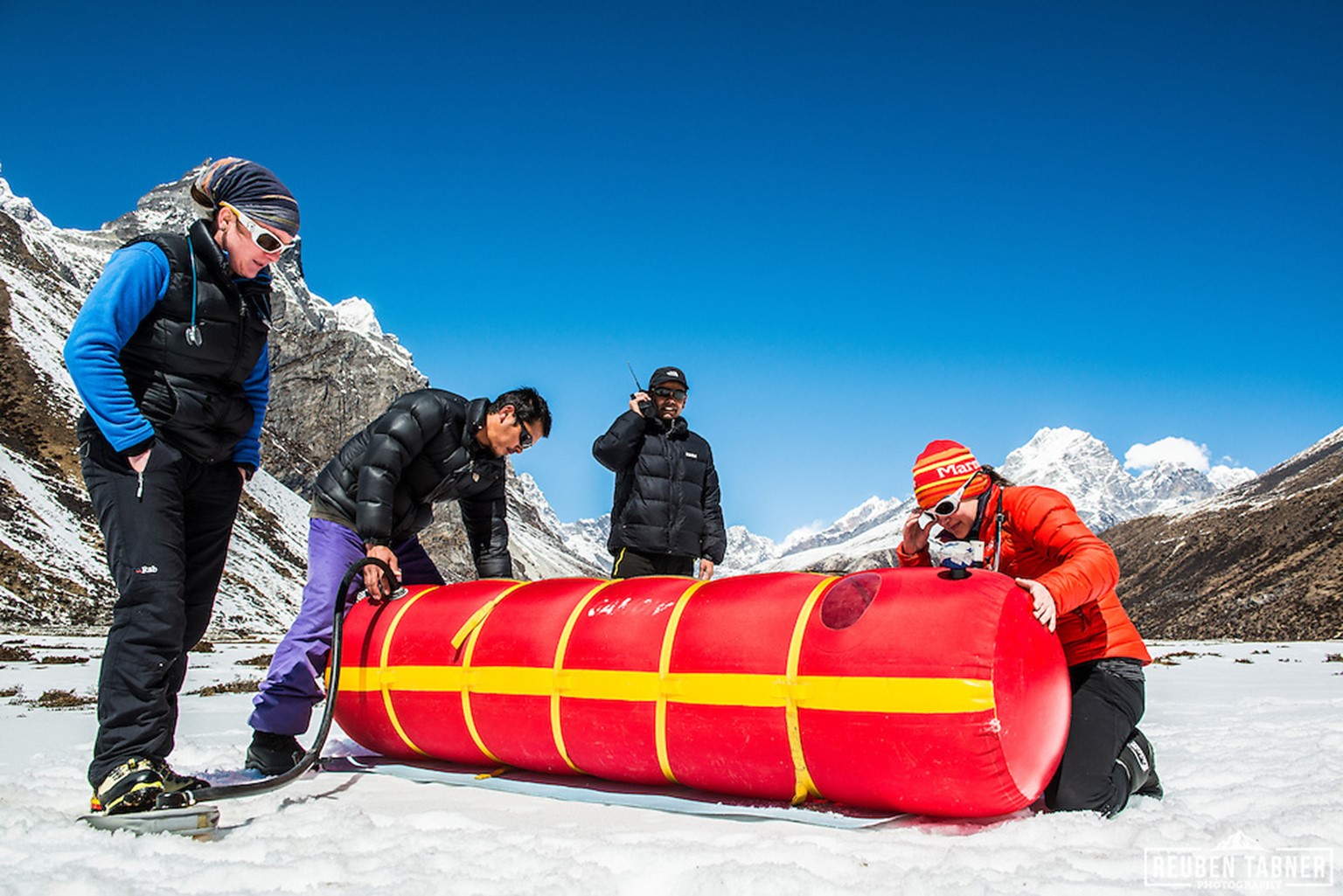
The best way to avoid HAPE altogether is to hydrate beforehand, get enough sleep, avoid alcohol, and acclimatize day by day. Rick Curtis, who Directed the Outdoor Action Program at Princeton University, said it best:
”If you go above 10,000 feet (3,048 meters), only increase your altitude by 1,000 feet (305 meters) per day, and for every 3,000 feet (915 meters) of elevation gained, take a rest day.”
We must remember that HAPE is only one part of the entire altitude sickness process. Before you experience HAPE you will experience Acute Mountain Sickness which has much milder symptoms such as headaches, feeling sick, shortness of breath, and dizziness. You can use these symptoms as indicators that you should slow down, take a break, drink water, and if all else fails: Just go back down. If you continue pushing on, after you experience HAPE, you will reach the final version of mountain sickness, a High-Altitude Cerebral Edema, which is a very serious condition in which your brain swells and leads to death treated within 48 hours.
At the end of the day, the best way to treat mountain sickness and HAPE is to come to the trailhead prepared both physically and mentally. Physically you should be in shape before tackling a high elevation objective, it will make the hike safer and much more enjoyable for you. Mentally, you should be ready to make the hard decision of backing down. It’s not easy walking away when you’re so close to the top but sometimes that mountain will have to wait for another day. Remember, the mountains will still be there tomorrow.
